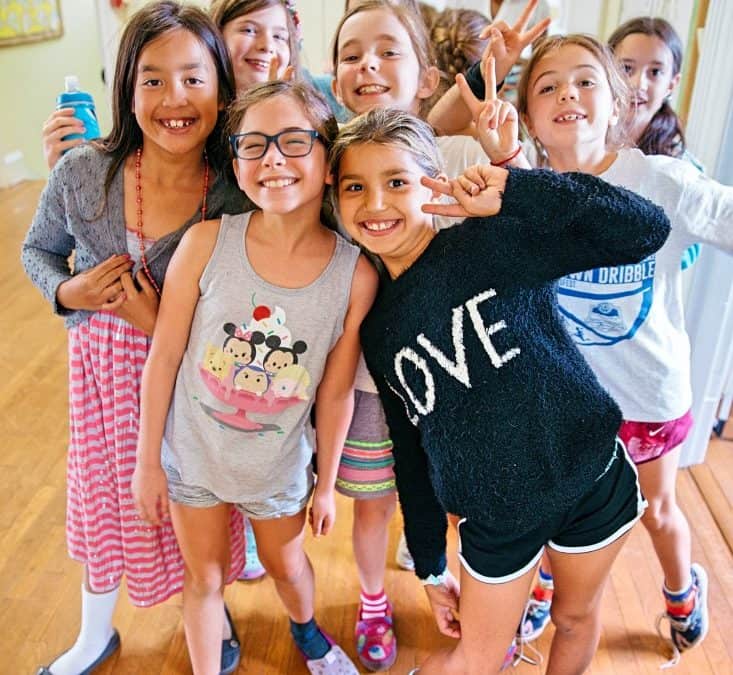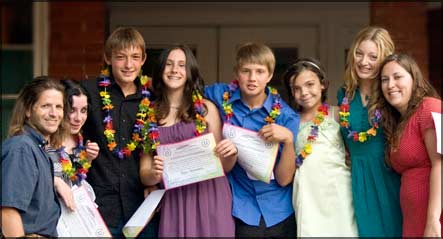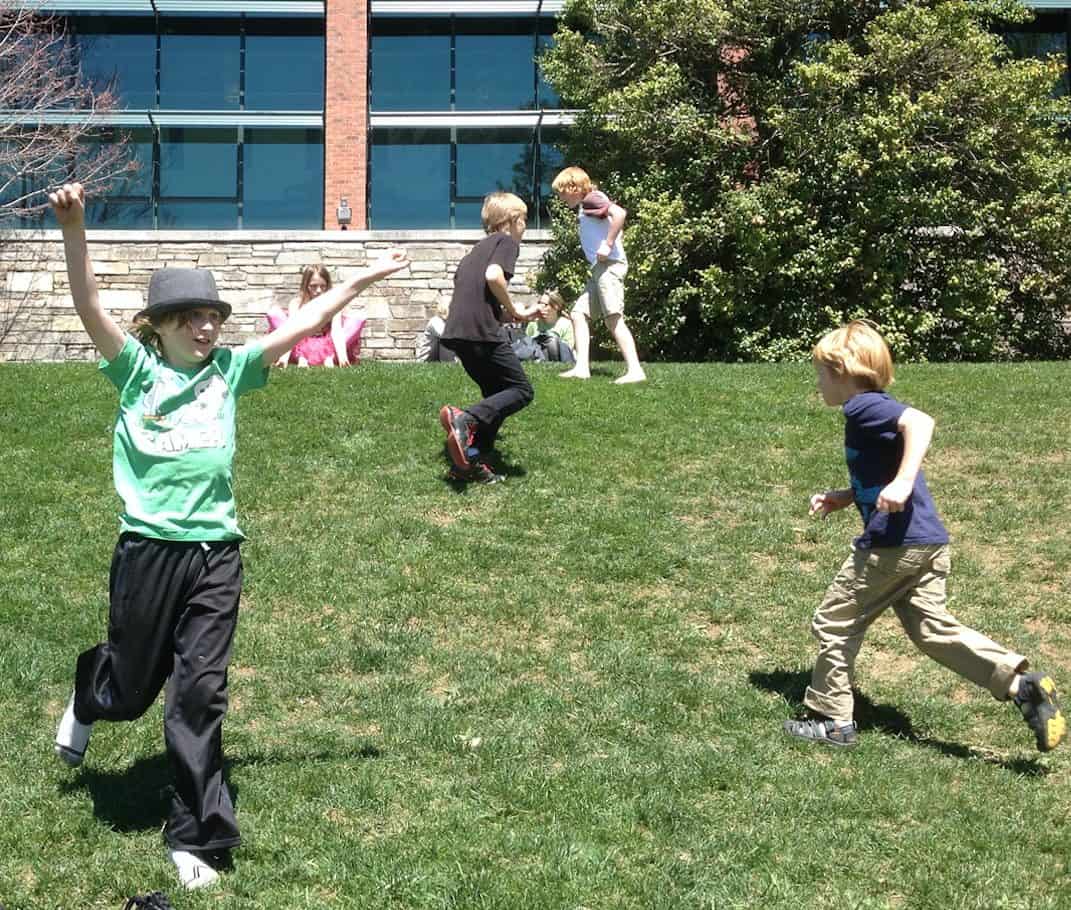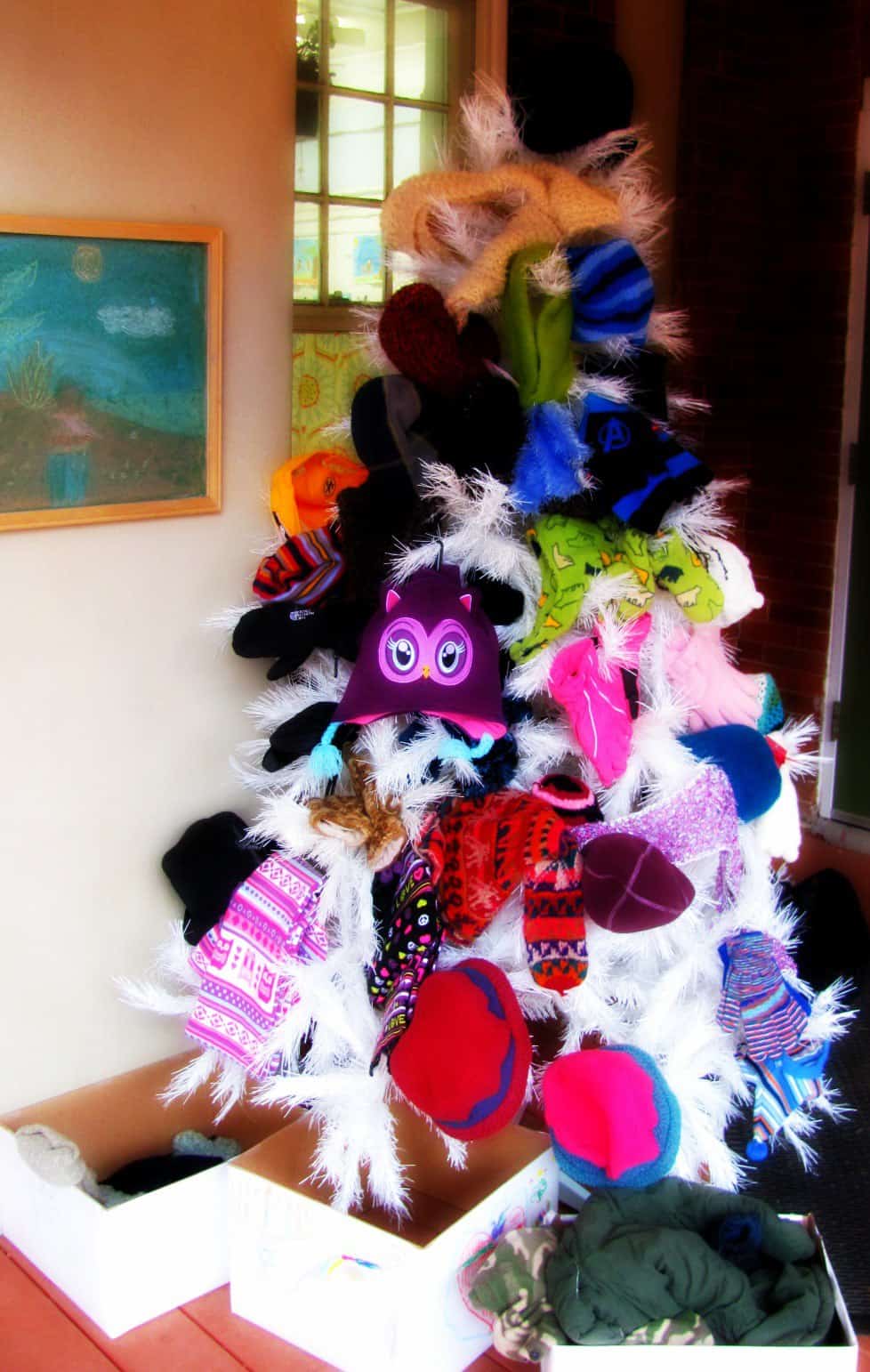
by Renee Owen | Dec 10, 2012 | Director's Blog
What if the Secret to Success is Failure? That is the title of a recent New York Times article detailing what most of us instinctively know: We have to take risks and fail in order to learn. (See my Blog on The Nine Year Change for information on allowing children to make mistakes at Rainbow Mountain.)
Psychologist Angela Lee Duckwork studies the qualities that make people successful. After identifying a core set of seven key character traits (“Grit, self-control, zest, social intelligence, gratitude, optimism, and curiosity”), Duckworth narrows the list further to those first two when explaining what most makes for success in the face of difficulty.
As she explains in her TEDx talk at the Blue School, founded and funded by Blue Man Group, self-control is a better predictor for school success (defined as GPA) than either IQ or grit but, she argues, grit is more meaningful for larger and longer-scale success.
Self-discipline is doing your homework when you need to, staying on a diet. Self-discipline is great for homework and GPA, but not such a great predictor for whether you are going to found Blue Man Group and stick with it.
Click here to get your Duckworth grit score.

by Renee Owen | Dec 5, 2012 | Alumni News & Accolades, Student News & Accolades
In 2012, seven seniors graduated from high school who previously attended Rainbow Mountain. Four graduated in June from Asheville High — all 4 were in the top 10 of their class and National Merit Scholars. One was Valedictorian.
The full list of awards and scholarships in academics, sports, character, the arts, and extra-curricular areas these alumni received is literally too long to list and describe in this report — it would require at least this whole page! Here are some highlights:
Paris Sigler is attending American University where she received their Frederick Douglas Scholarship. Shannon Waldman is attending Warren Wilson where she received their Service Scholarship. Valedictorian, Melissa Haun, was accepted into the music program at University of Miami. Devin Hanaway received the John B. Lewis scholarship for soccer and was accepted at Chapel Hill. In addition to these four who graduated in June, Kaya Greenfield graduated early and is at Appalachian State.
Of the two students out-of-state:
Dylan Glasgow, a USTA-ranked tennis player, helped the Barron Collier High School tennis team win the Florida State Championship, graduated with honors, and is now attending Appalachian State.
Kathy Clarke was the single most awarded senior at Mercersburg Academy in Pennsylvania. She was also the editor of a nationally award-winning literary magazine and speaker at their commencement. The next speaker at the podium that day was Madeline Albright! Kathy will be attending college at Macalester in Minnesota.

Rainbow's graduating eighth grade class May 2008 became the graduating seniors of 2012

by Renee Owen | Dec 3, 2012 | Director's Blog, Heart of the Matter
Whether your child is several years away from the Nine Year Change, it’s happening now, or it seems like a long time ago, this article is meant to provide insight into the inner life of your child and an articulation of the common struggles of parenting we all share.
The Nine Year Change
You may have heard faculty members at Rainbow refer to “The Nine Year Change.” Around children’s ninth year, their psyche shifts, and our educational program shifts to match this sharp developmental curve.
There are many complex changes that occur around the time of the Nine Year Change that may not be apparent externally, because they primarily affect the child’s inner life. For instance, children begin to understand mortality and think existentially. Myth and magic can fade to be replaced with more realistic notions of the world.
For example, by the 4th grade, the truth about Santa Claus (for those who were told the myth) comes to light for many children. Most importantly, children are individuating from their parents. They are noticing that their parents, teachers, and other adults in their life are not perfect, and as a result of this loss of innocence, they may begin to slightly rebel.
At Age Nine, Children Start Individuating
Some of the ways Rainbow’s program reflects this change is in the level of responsibility we require of children. Before age nine, we don’t want them to be self-conscious about learning in any way – learning should be the most natural process in the world. But after the Nine Year Change, children begin to be held accountable for themselves as “students.” One of the ways this manifests is in homework expectations.
Before 4th grade, parents are as responsible as the children for their homework. However, beginning in 4th grade, homework is the children’s responsibility. As a result of the increased rigor, children may begin to experience academic stress for the first time, and should be capable of handling small amounts. As mild as this stress should be, having never experienced any academic anxiety previously, the children can feel very frustrated and uncomfortable and parents might be alarmed.
From 4th grade onward, we are moving directly toward preparing our children to become independent adults, which they will be in a mere 8 to 10 years. (They are half way there!) As the adults in their lives, we have to strike a balance between supporting and nurturing them, while also giving them the space to learn by trial and error. They need to be challenged. Some children are ready, while others need coaxing.
Not surprisingly, some parents are ready, while others need coaxing. This transition of slowly “letting go” can be particularly challenging for parents who really, really care. (It’s also harder with a first or only child.) Why? Because it is excruciating to watch your child suffer. It feels like not picking up a crying baby, and goes against our natural instincts.
Too Much Parent Help Can Be Detrimental
As hard as this is, if the parents continue to help their children too much, it could hamper the children’s ability to take on these responsibilities for themselves. The problems your child is facing at this age are “low stakes” compared with the problems he will face as a teenager–when he will have the ability to make “high stakes” mistakes.
In other words, any mistake your child makes now may result in things such as hurt feelings, a skinned knee, a poor science fair presentation, or added stress. Whereas, if he has not had early practice making mistakes and learning from them, the mistakes he may make a few years from now have the potential to result in dire and life-threatening consequences.
The Fourth Grade Year
Therefore, at Rainbow, we try to set up an environment in 4th grade and beyond in which children have the freedom to make mistakes, while still safe from trauma. In a loving community children can be authentic about who they are becoming and the challenges they are facing, knowing that unconditional love is backing them up. Within this environment, the problems they negotiate on their own now, with limited adult intervention, will give them the experience and empowerment they need later.
At this age, students start becoming self-conscious of social status and their emotions are changing and are more tender than ever. Social and emotional issues can really flare up.
If your child is older than nine, do any of these sound familiar?
“I don’t belong.”
“My best friend ditched me.”
“My teacher doesn’t like me.”
All of these are problems we, as wise adults, could solve much easier and with less suffering than our 4th graders can on their own.
[bctt tweet=”However, the most important developmental landmark your children need to make at this age is learning how to solve their own problems. ” username=””]
Sometimes “solving a problem” means sitting with it until it plays itself out or goes away, without any active “solving.” Eventually, children gain the gestalt of being able to look back and see that problems that were once acute don’t even exist anymore.
Sometimes It Helps to “Sit a Problem ‘Out'”
When it comes to student conflict, it is tempting to want to get to the bottom of what “really happened.” We may, inadvertently, do our kids a disservice by stepping in too quickly or too far (at any age). Plus, even the most well-meaning children will sometimes give different accounts of an event, accounts which, considering their age and developmental stage, cannot help but be somewhat biased toward themselves.
The parents simply cannot know exactly what transpired in a conflict, so if they try to manage the situation it can go awry or become ignited. Therefore, we ask parents to allow the children, with the staff’s guidance, to work it out themselves. (However, an FYI from you to the teacher(s) helps to ensure the teacher is aware of the dynamics of the class.)
Let’s say your child comes home and tells you that she was hurt emotionally or physically by another child. Then she sees or hears (or perceives or guesses) that you got on the phone, for example, to try to get more information and work out the issues with other parents. She can now rely on you to solve the problem. The parents may try to get enough information to judge whether their daughter, another child, or a staff member was to blame, which is a complicated web.
At the end of all this, your child is probably no closer to solving her own problems than she was before. In fact, she has learned that you will do everything you can to solve her problems. Love and Logic psychologist Dr. Cline says that this subtly erodes a child’s self esteem and empowerment, because it sends a message that she is not capable of solving problems.
Whether your child seems to be the victim or the perpetrator in an incident, consider these steps that Love and Logic would suggest:
- Empathize with your child. Most of all she wants to be heard and to know you can relate to how she feels. Especially as she moves into being a pre-teen and teenager, you want your child to learn that she can be open and share with you, without you jumping to action or making a judgment on her or her friends. Otherwise, teenagers begin to hide their personal lives from their parents. Therefore, to encourage their communication, just listen.
- Help her identify how she feels. “Oh, honey. When that happened did you feel lonely?”
- Ask her, “So, what do you think you are going to do about this?” This sends her the message that she is not powerless! If she doesn’t have any ideas, you can ask her if she would like some suggestions from you. At this point, give her several ideas (such as “Some kids would talk to a teacher” etc.) Love and Logic would recommend also including a really absurd idea, such as, “You could punch her: Do you think that is a good idea?” So she develops the power to distinguish a good idea from a bad idea.
- Finally, if the problem seems really serious, you may ask, “Is there anything you think I can do to help you?” So at least, if you help, it is with the child’s blessing, and your child remains empowered as a direct part of the solution.
Use Love and Logic
I’d like to share a personal testimony to the success of the Love and Logic approach. My daughter used to come to my office (since I worked at her school) every time she had a tummy ache or headache, which was at least once a week. I would give her an ice pack, rub her tummy, have her stay with me for awhile, and, in short, do everything I could to help her feel better.
Finally, one day, I first empathized with her, “Oh, honey, do you feel nervous?” (yes) and then I asked her, “What do you want to do about it?” She shrugged her shoulders and said, “I guess I’ll go back to class.” It was that simple! That was the last time she came to me with this problem! She might be a hypochondriac today, had I not shifted the responsibility for the cure from me to her.
Again, the hardest part about this strategy is that the parents have to “sit on their hands,” while their children make some mistakes and/or experience stress from unsolved problems and issues. Our children are growing up, and they need to learn to be patient with the uncomfortable in-between-times (in between when a problem arises and when it gets solved or fades away).
You are wonderful parents, and you have provided the foundation, love, nurture, and wisdom your children need. Now you can trust that they hold within them the power to learn and grow from mistakes and the many struggles of childhood. Because of your love, your children are resilient.
Renee Owen
Executive Director, Rainbow Mountain Children’s School

 The Fourth grade centering went like this today;
The Fourth grade centering went like this today;












